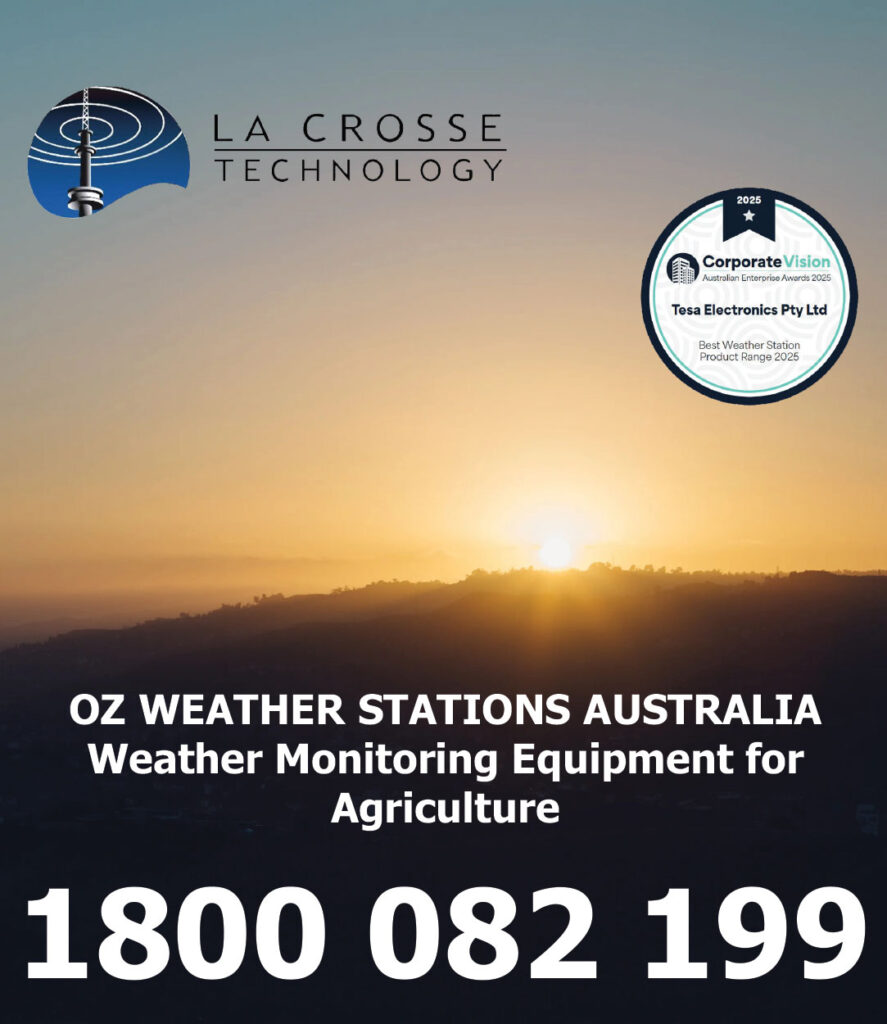Chicken and egg producers need to stay vigilant following a recent alert from scientists who have observed signs consistent with H5 avian influenza (bird flu) in wildlife during a management voyage to sub-Antarctic Heard Island.
Egg producers still have vivid memories of the nightmare from May 2024 when seven farms in Victoria, New South Wales and the Australian Capital Territory were forced to lock down in the country’s worst outbreak of avian influenza, the H7N3 strain.
At the time, producers across the country were collecting eggs from 22 million chickens daily, estimated at around 18 million eggs daily, but suffered a sudden decrease of 10% due to bird flock flu-enforced euthanasias.
With most farms valuing their Premium egg-laying chickens in the four-month to two-year-old range at $25 per bird, it was a big hit to the seven farms affected.
In total, it is estimated that 1.67 million egg-laying hens were culled on the seven farms, while a further 135,846 birds died of the disease, taking the tally of dead poultry to 1.805 million.
To protect all animals in our $70 billion agricultural industry from avian influenza, the federal Department of Agriculture, Fisheries and Forestry is investing more than $100 million to increase preparedness and response capability.
A sum of $22.1 million is allocated to manufacturing and storing pandemic vaccines for both humans and native animal species.
The Invasive Species Council points out the catastrophic impact the virus could have on native species.
When the virus arrived in South America in late 2022, within a few months, it wiped out over 650,000 wild birds, and tens of thousands of mammals.
At least 40% of Peru’s pelicans and 95% of the elephant seal pups in Argentina were lost to the virus.
At this stage, the Heard Island contamination is not a confirmed detection. But it reinforces the need for Australia to remain focused on preparing for an outbreak.
Heard Island is part of the Heard Island and McDonald Islands external Australian territory. It’s over 4000 km south-west of Perth and 1700 km north of Antarctica in the Southern Ocean.
Australia remains the only continent free from the highly contagious strain of H5 bird flu. A confirmed detection on Heard Island would not substantially increase the risk to Australia.
Scientists observed unusual levels of mortality in elephant seals on Heard Island in recent days.
Observations were made by Australian Antarctic Program scientists on an environmental management visit to the island on board the RSV Nuyina. There were no observations of unusual levels of mortality in other species present on the island, including penguins and other seabirds.
Seeing signs consistent with H5 bird flu in wildlife on Heard Island is not unexpected. This virus has previously been found on the French Kerguelen and Crozet sub-Antarctic islands, which are less than 450 km from Heard and McDonald Islands.
Samples have been safely collected and securely packaged in accordance with International Air Transport Association (IATA) Dangerous Goods Regulations.
The samples will be submitted to the CSIRO Australian Centre for Disease Preparedness for confirmatory testing when RSV Nuyina returns to Australia in mid-November.
It will take some weeks to get the results from these tests.
The Australian Government is investing more than $100 million into strengthening bird flu preparedness and enhancing our response capacity. Further information is available at birdflu.gov.au










